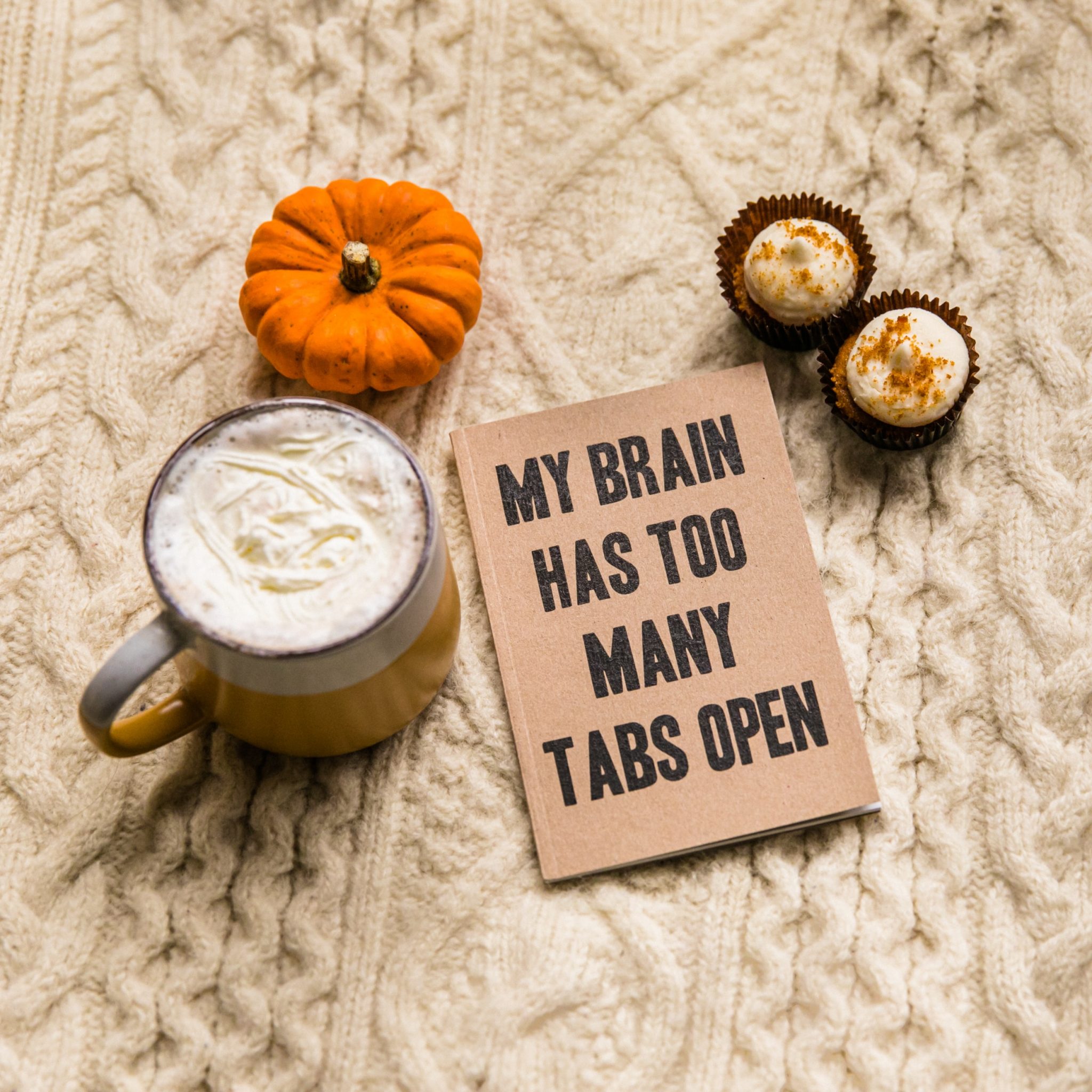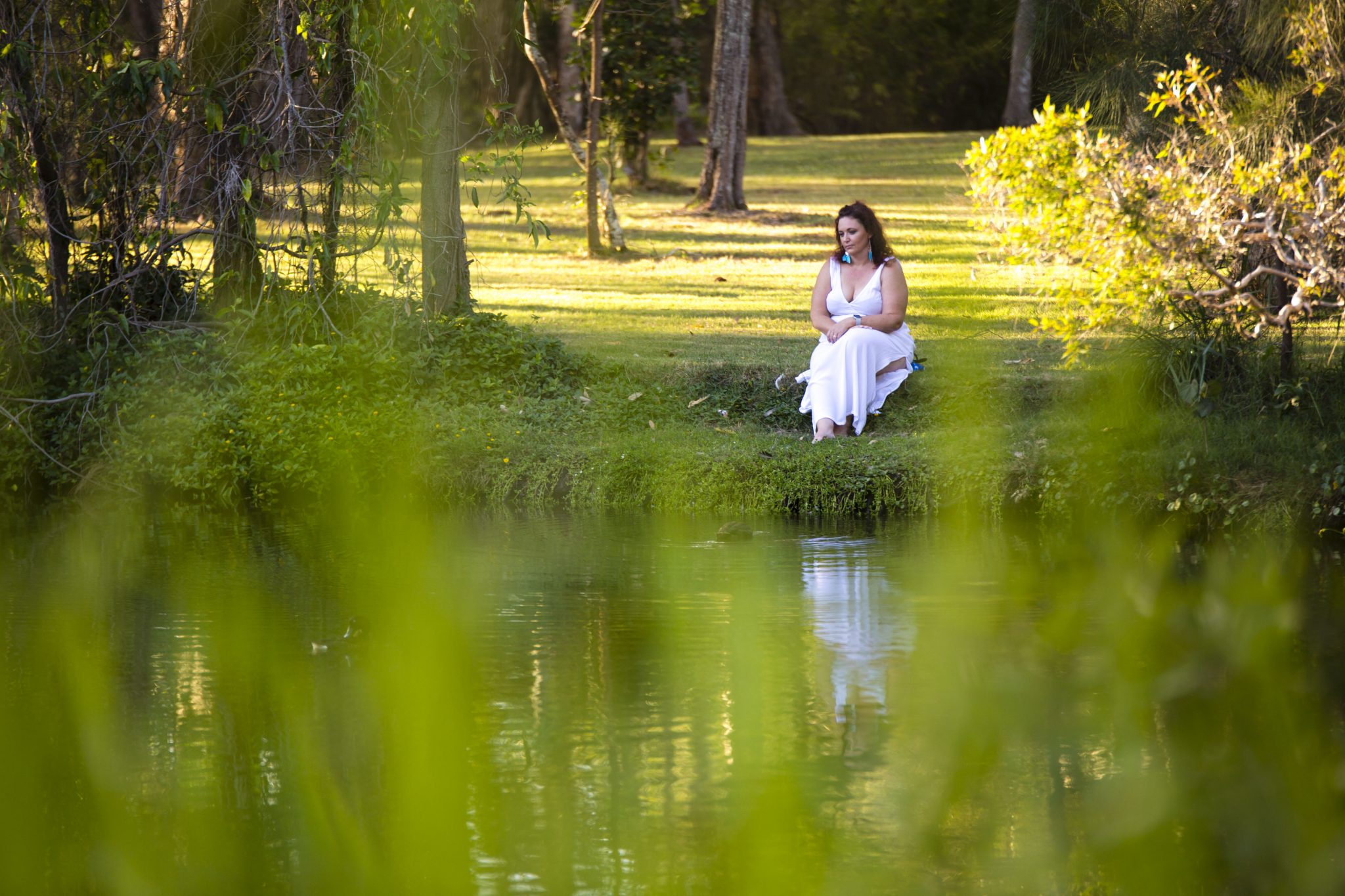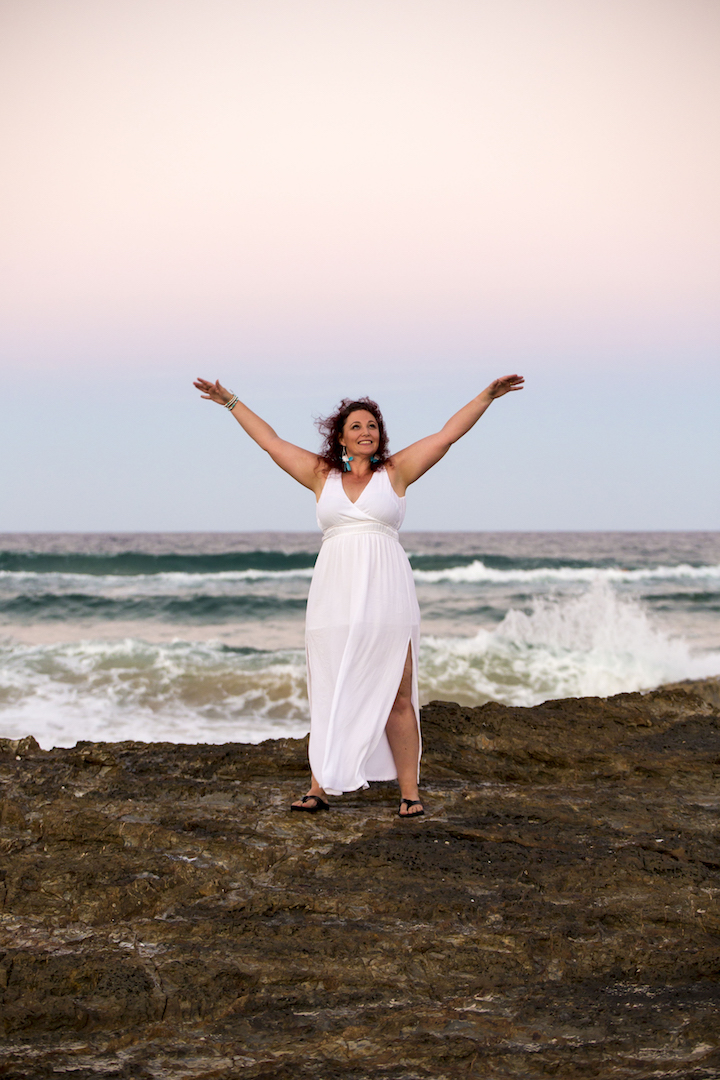It’s hard to resist resistance training.
Originally written by Rachelle for publication: 60 and Me
Everybody knows that regular physical activity and exercise plays an important role in maintaining a healthy body at any age and more so for older adults.
You may have heard people talk about resistance training or weight bearing exercise.
Or maybe your doctor has asked you to incorporate this form of training into your life.
So why is it important to include this form of movement into your fitness regime as you age?
We all know there are many fitness trends that come and go.
Resistance training, however, is here to stay.
Why? The movements are varied and easy to do.
The health benefits are amazing and all people over the age of 50 should consider doing some type of resistance training.
So, let’s break this down and explore the possibilities of how you can easily integrate this process of training into your life.
What is resistance (weight bearing) exercise?
Resistance training is a form of physical activity exercising muscles or groups of muscles to contract against an external. This helps strengthen the muscles which in turn protects the skeletal system.
The overall results are increased power, strength and endurance over time.
Why is it important to add resistance training into your life?
Muscle wasting and bone density are prevalent as we age.
Focussing on prevention of these conditions as well as addressing risk factors for frailty and balance is the key to living an active life well into your later years.
Weight bearing exercise is most effective for increasing bone density and or preventing bone loss that inevitably occurs as we age.
In women over the age of 50, bone loss increases to 1-2% a year and accelerates up to 2-4% a year at the onset of menopause (sited osteoporosis.org.au)
As previously stated, specific types of exercise such as resistance training are important for improving muscle and bone strength.
For physically active older adults the benefits of resistance training are profound.
Within my coaching of over 50’s, I have witnessed changes for the better in many participants who tell me they have had an improvement in their bone density tests just by doing our resistance training classes.
What type of exercise counts as resistance training?
- Resistance training: Performed with either a resistance band, body weight, hand weights, or barbell. It is a progressive practice building over a period of time.
Progressive can mean heavier weights, changing the tempo/speed or way you perform the exercise.
2. Weight bearing: walking, jogging, stair climbing.
3. Higher impact weight bearing exercise: Skipping, dancing, jumping or tennis. These do not need to be at the highest level, they can also be modified to an individual’s needs.
Even a small hop from one foot to the next can make an impact.
4. Balance and Cognitive function:
These can improve strength and brain function as well as help reduce falls and cognitive decline.
Standing on one leg, lifting knees to your chest while walking, stepping up and over a small step, following foot or arm patterns in a directional (left, right, up, down) form.
How much resistance training should I be doing?
To begin with, at least 2 non-consecutive days each week and you can work up to 4 days a week with a break in between each session.
Start slowly and build up from there.
You do not need any fancy equipment to get started!
You can begin a resistance training program very simply at home, utilising the tips above to help you build strength and protect your bones.
If you would like a free 7 day beginner workout guide with bonus instructional videos on resistance training exercises you can do at home without equipment feel free to download here: 7 Day Beginner Workout Guide
How will you incorporate resistance training into your life?
If you’re already into resistance training, what are your favourite ways of doing this?
 About the Author:
About the Author:
Rachelle is the founder of MEE Active and helps people step off the sidelines of life and into movement that matters.
A certified Female Health and Performance coach as well as movement and rehabilitation specialist she enjoys teaching people about the connection between their mind and body.
Connect MEE Active




